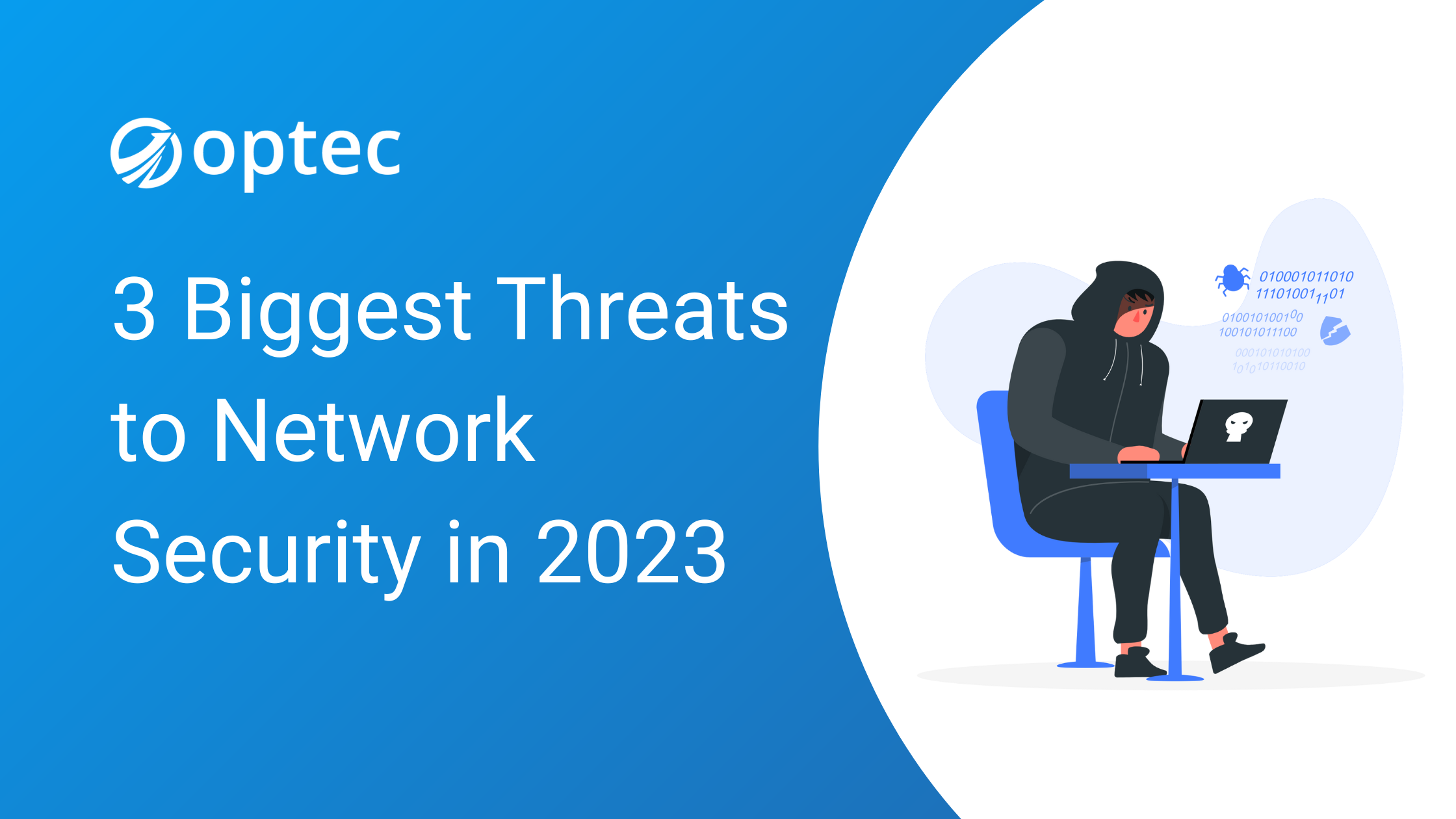Three Biggest Threats to Network Security in 2023
An exciting new year is on the horizon, but so, too, is a slew of new network security threats. To keep your organisation secure and growing in the year to come, we share three threats to keep your eye on. The end of the year is a time to make personal or professional resolutions for a strong year ahead. Resolve to secure your network with customisable, affordable solutions to counter the network security threats that lie ahead in 2023.
A Here-to-Stay Hybrid Workforce
Hybrid work is here to stay in the new year. One source suggests that nearly 50% of the total workforce is likely to be mobile or hybrid over the next two years. When you take employee preferences into account, the number skyrockets—four in five workers wish to continue hybrid work, according to the Office for National Statistics.
Workers may appreciate the flexibility and coziness of a home office, but they’re missing one critical comfort—employees working from home are not covered by the security umbrella of the company. Hybrid workers face an increased risk of cybersecurity threats like phishing, ransomware, and IoT attacks. They’re also a source of risk; remote workers caused a security breach in 20% of organisations. It’s a tough situation for technology teams, as they must put in place long-term strategies for the hybrid workforce for both security and performance.
Help for the Hybrid Workforce: SD-WAN is a secure way to expand the company security umbrella and push the network edge right to where employees need it. SD-WAN is a software-defined approach to managing the wide area network; it enables fast and secure connections between your numerous data centres (e.g., home offices) and cloud services. It also gives your technology team more visibility and control over the network. When combined with other tools—like real-time analytics, single pane of glass management, and advanced compliance tools—SD-WAN can power an automated networking environment with boosted security and performance.
A Persistent Cybersecurity Skills Shortage
In the year ahead, we’re bound to see damaging new cyberattacks and vulnerabilities—but keep in mind that people will always be at the core of your cybersecurity paradigm. You can train your employees to be your first line of defence, but more importantly, you need a talented technology team to establish a robust security posture and monitor everything for ongoing threats. As threats become more frequent and sophisticated, you need the right skill sets and resources to stay secure.
The challenge is that these talented cybersecurity professionals are hard to find. While cybersecurity jobs are in high demand, there simply aren’t enough skilled professionals to fill the roles. A recent workforce study estimates a shortage of nearly 3.5 millions cybersecurity workers globally, up 22% this year.
Confront the Skills Gap: If you’re short on skilled workers, consider the many “as-a-service” options, like Network-as-a-Service, or NaaS, in which you outsource your networking services to a vendor for a fixed-cost monthly subscription. With NaaS, you can lean on the expertise of a trusted partner for proactive monitoring and end-to-end networking services. You’ll essentially extend the capacity of your existing internal team. With NaaS, you’ll also experience faster deployment of new features and functions to enhance your network security and ensure it remains in a good state operating at peak performance.
Limited Resources and Cost Cutting
As we head into 2023, there’s a larger trend at play: heightened fears of a recession. The 2023 State of IT report finds that 83% of companies are concerned about a recession and half plan to take belt-tightening measures to prepare for the slowdown. In the year ahead, we expect organisations to look for ways to cut costs and bolster profitability. While about half of organisations plan to increase IT budgets in 2023, the larger market trends could lead to gaps in cybersecurity roles and insufficient tools to protect your business. The key to staying secure in 2023 is to look for cost-effective yet secure solutions.
Save Money and Stay Secure: Once again, SD-WAN emerges as a viable solution. We know that managing traditional MPLS WAN can be costly, time-consuming, and requires skilled resources at the network edge. By making a switch to SD-WAN, your organisation taps into automation and centralised delivery, which reduces the cost and time associated with day-to-day management activities. Remember that limited resources doesn’t need to mean compromised security. SD-WAN uses enterprise-grade, standards-based authentication and encryption, completely securing every detail of control and traffic end-to-end.
Are you ready for the year ahead? Before we turn the last calendar page of 2022, prepare your business to counter the greatest network security threats ahead—hybrid networking, a skills shortage, and limited resources. It just might be the best new year’s resolution you’ve ever made! At Optec, we can help you secure your network with fully customised and affordable solutions that make sense. Please get in touch with our experts today to schedule a free network security assessment.
Related posts







